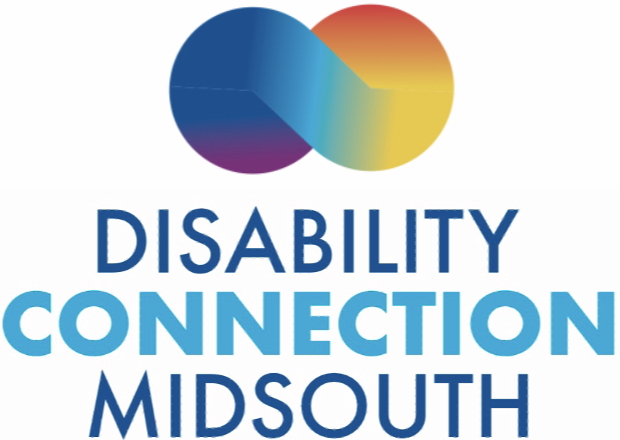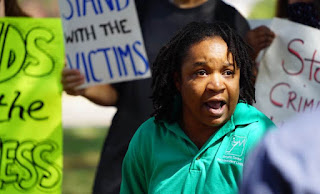The Arc Disability Self-Advocacy Brunch
By Timothy Redd
Today I attended the Disability Self-Advocacy Brunch and Discussion Forum presented by The Arc of the Mid-South at the Benjamin Hooks Library. There were a number of panelists who all echoed the sentiment that although people with disabilities are different we are all the same.
Today I attended the Disability Self-Advocacy Brunch and Discussion Forum presented by The Arc of the Mid-South at the Benjamin Hooks Library. There were a number of panelists who all echoed the sentiment that although people with disabilities are different we are all the same.
One of the most captivating speakers for me was Professional Disability Consultant and MCIL Board Member Lou Conley. Ms. Conley share her experience of growing in Mississippi and feeling part of everything thanks to a supportive family. She told how the support changed when she started attending school in Memphis. She was one to not disclose her disability and struggled through school because she read lips.
Lou shared how in 1998 she became the University of Memphis’ first deaf student and overcame the learning barriers at college. Although school was hard she didn’t give up and 14 years later she graduated by taking one class at a time.
After completing her undergraduate degree she did not feel she was living out her purpose. Lou Conley went on to attend Auburn University where she received a second degree on a full scholarship with a 3.5 grade point average. With two degrees Ms. Conley was still not working. She told the audience that she was broke because nobody would give her a chance. Employer’s did not hire her because of disability. Lou told us about being depressed and how she wanted to get rid of labels.
Today; however, Dr. Lou Conley told the group how she remained persistent and got a job, she has just recently finished a post doctorate degree.
Dr. Conley said MCIL’s Executive Director, Sandi Klink has been an inspiration and encouraged Lou to speak out.
“I want to remove labels,” said Dr. Conley, “and encourage everyone to let people know that you have abilities and are not defined by the word disability.”
Dr. Conley closed with “disability is your possibility.” She encouraged everyone to believe in themselves and believe that what you want is possible. Ms. Coley hopes to change the way people with disabilities are seen in Tennessee and has her heart sat on becoming state representative or senator.
I left the forum encouraged to continue to self-advocate. Many times our community won’t speak up for many reasons. Here at MCIL we teach the best advocacy is self-advocacy.
Self-advocacy is learning how to speak up for yourself, making your own decisions about your own life. Self-advocacy is learning how to get information so that you can understand things that are of interest to you and finding out who will support you in your journey. It is important to know your rights and responsibilities, problem solving, listening and learning to be a good self-advocate. A self-advocate may also reach out to others when you need help and friendship.
It’s important as person with a disability to advocate to make sure you are not left out or overlooked. You have to say what you need to move forward to overcome barriers. MCIL has some tips on being a self-advocate on our website at:







